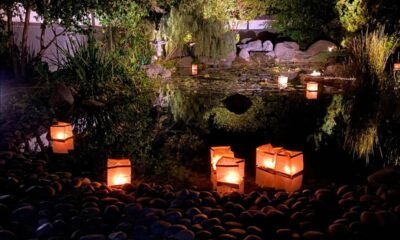holiday-verify
Not Everyone Welcomes the New Year on January 1: Diverse Celebrations Around the Globe

Not all countries celebrate the new year on January 1. Different cultures observe this event according to their unique calendars.
Globally, the Gregorian calendar is predominantly used. However, this calendar, established by Pope Gregory in the 1500s, is not universal. For instance, Iran and Afghanistan rely on the solar hejrī calendar, marking their new year at the start of spring, around March 21. This year, they will enter 1404.
Nepal follows a version of the Hindu calendar, currently in the year 2081. Its new year, falling on April 14 in 2025, highlights the country’s distinct timekeeping. Meanwhile, Ethiopia’s calendar consists of 13 months, the new year typically celebrated on September 11—sometimes September 12.
Israel and Bangladesh also use both the Gregorian calendar and local calendars for different purposes. For example, January 1 is not a public holiday in these nations; instead, Rosh Hashanah in Israel and the Bengali New Year in Bangladesh take precedence.
Countries like China have adopted the Gregorian calendar but maintain traditional celebrations. The Chinese Lunar New Year, observed in February, features festivities that span seven days, known as the “Spring Festival.” Similarly, Vietnam’s Tet celebration also observes a lunar new year, bringing about vibrant local customs.
Indigenous communities around the globe showcase even broader variances. The Andean New Year, or Willka Kuti, is recognized in mid-June in Bolivia, while the Yakut people of Siberia have their festival between June 10 and June 25. In Guatemala, the K’iche’ people celebrate a new year ceremony every 260 days.
This exploration showcases the rich tapestry of new year celebrations worldwide, reinforcing that a singular date does not unite all nations.


















